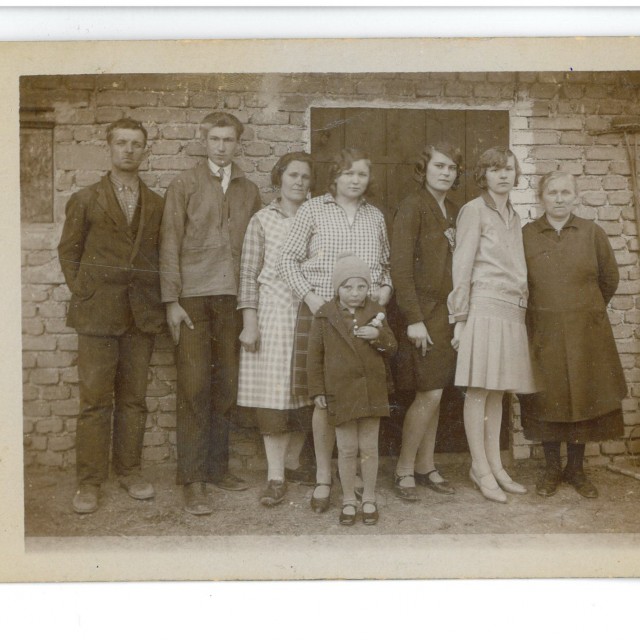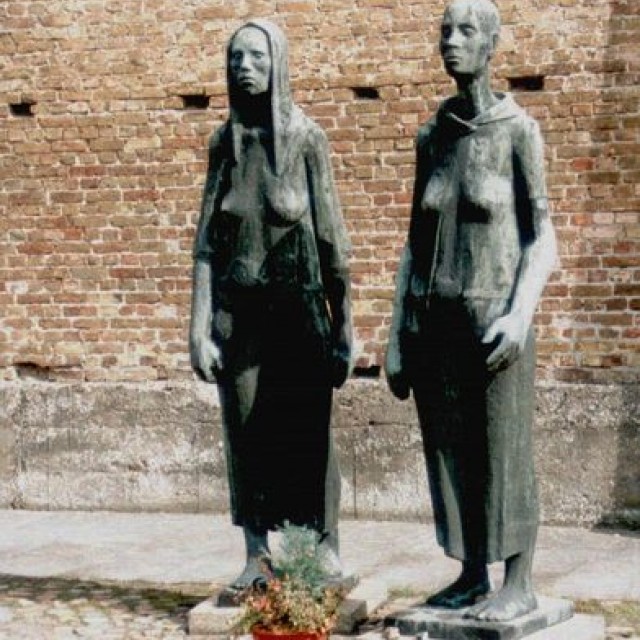From Bed Straight to Concentration Camp
When the women from Lidice were transported to the Ravensbrück concentration camp in June 1942, they had no idea what to expect. They were absolutely not prepared for situations that were common in such places. Milada Cábová recalls: “You cannot imagine how taken aback we were. We did not know where we were being transported to. We went from bed straight to the concentration camp, so to say…” Žofie Červená, a Czech woman who had already been in the camp for longer, took care of them. She explained to them how things in the camp worked, what they had to do and what they had to avoid. Once, two women were chosen for a transport, and because all the chosen women were elderly, it became obvious that it was the death transport. Milada Cábová recalls: “Ms. Červená spoke perfect German and she was fairly famous in the camp. For a while she was the head of the Strafblock, which was the block for women who could not work so hard or who could not keep up with the others. So she was fairly influential, so to say. She would stop by at our block every once in a while, when we still lived in the block 11. She gave us advice what to do and what to avoid. So, Milka Zbrojková and I decided to find her and tell her that our mothers were chosen for the transport and begged her if she could do something about it. And Ms. Červená took both of them off of the transport list and substituted their names with different names. These other two women unfortunately got the worst of it. But my mother and Ms. Zbrojková were saved.” The Czech women in the concentration camp tried to help the women from Lidice to handle the situation, and thanks to that a fairly large number of Lidice women managed to survive the concentration camp.
Hodnocení
Hodnotilo 0 lidí
Routes
Not a part of any route.
Comments
No comments yet.






